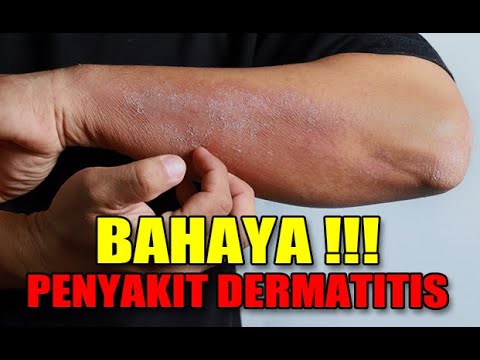Eczema Types causes Signs and symptoms
Because eczema is often used as an umbrella term for a group of chronic, itchy skin rashes, a simple definition of the skin condition is hard to come by. Many people with eczema develop dry, itchy, red patches of skin. In some forms of eczema, blisters develop. Scratching can inflame the rash and cause “weeping” of clear fluid. Over time, the affected patches of skin can thicken. Eczema can look different depending on the type of rash and where it appears on the body. Symptoms typically flare up for a period of time and then calm down before surfacing again. More than 30 million Americans have some form of eczema. While the exact cause is unclear, a combination of factors, such as genes, environment, and immune system are thought to play a role.
Types of eczema
Atopic dermatitis
Atopic dermatitis is the most common form of the skin condition, and it’s usually what people are referring to when they talk about eczema. About one in five children develop atopic dermatitis, often in infancy and usually by age 5. (Only a small percentage of adults develop this type of eczema.)
Dry, scaly, red, and itchy patches can appear on the face, scalp, hands, or feet; inside the elbows; or behind the knees. In more severe cases, these patches crack and crust over, and they can become infected. Atopic dermatitis comes and goes, with periods when symptoms are worse and other times when the rash goes into remission and disappears. It tends to occur in families with a history of this eczema, hay fever, or asthma. It can be a lifelong condition, although some children outgrow it or see symptom improvement as they age.
Dyshidrotic eczema
With this type of eczema, itchy, fluid-filled blisters develop under the skin on the hands or the feet, especially palms, soles, or sides of the fingers. Patches of flaky, red skin can develop. Over time, the affected skin can become thick and cracked.
Dyshidrotic eczema (also called pompholyx) may be aggravated by stress or frequent or long periods of contact with water. Working with certain metals—such as chromium, cobalt, or nickel—can trigger symptoms. It is more common in women, and there is a higher risk if you have had atopic dermatitis (eczema) or allergic rhinitis (hay fever). It tends to occur in spring and summer and in warmer climates.
Nummular eczema
Round or oval areas of itchy, inflamed sores are the hallmark of this type of eczema, which is also called nummular dermatitis or discoid eczema.
Clusters of tiny pimples form plaques, or patches, that become scaly. One or more areas of the skin, usually on the arms and legs, can be affected. It is more common in older males, but young women can get it, too. Nummular eczema tends to occur in people with dry skin, especially in winter. Like other types of eczema, symptoms can come and go. New patches may form where there was injury to the skin (such as an insect bite). Keeping skin moisturized can help prevent future flare-ups.
RELATED: What ‘The Night Of’ Gets Right (and Wrong) About Eczema
Signs and symptoms of eczema
How do you know a rash is eczema and not psoriasis or another skin condition? Eczema is usually accompanied by uncontrollable itching that worsens when you scratch it and can interfere with sleep. People sometimes scratch until they bleed, yet itching persists, and the wound becomes vulnerable to infection.
The signs and symptoms of eczema can vary from one person to the next.
Atopic dermatitis, the most common type of eczema, usually strikes in childhood. Babies tend to develop a red rash on their cheeks and scalp that turns dry and scaly. The rash can bubble up, ooze, and crust over. In young children, other body sites may be affected, such as the inside folds of the elbows or knees, or the hands, wrists, or feet. Over time, these patches can lighten or darken, and they may become thick and bumpy and constantly itchy.
Dyshidrotic eczema typically strikes the hands and feet. People with this type of eczema develop small, fluid-filled blisters that itch and burn. The blisters weep, crust over, and crack, exposing the skin to painful infection.
Nummular eczema produces pimples or blisters that leak fluid and form crusty, coin-shaped patches on the legs, arms, hands, feet, or torso. It occurs more often in the winter months.
Symptoms of eczema
Severe itching
Red rash
Dry, rough, scaly patches
Blistering
Oozing
Painful skin cracking
What causes eczema?
While the exact cause of eczema is unknown, scientists believe it’s a product of your genes and the environment. Eczema risk is greater in children whose parents had eczema or a condition like asthma or hay fever.
source







